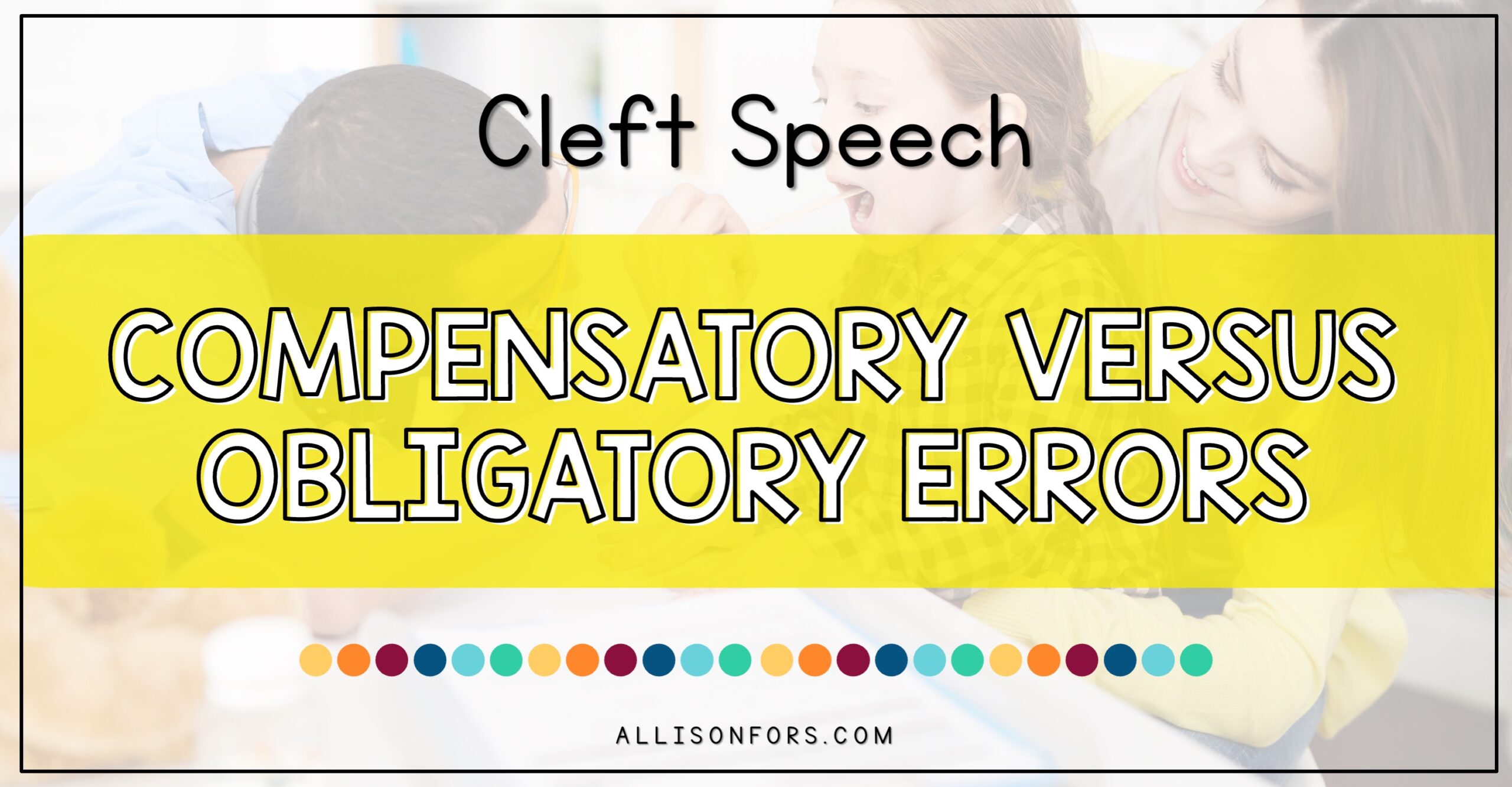
Compensatory Errors Versus Obligatory Errors in Cleft Speech
What is a compensatory error? What is an obligatory error? And what’s the difference between the two? These terms are often used when referring to
MAKING
THERAPY PLANNING
QUICK AND EASY
PROVIDING
INSPIRATION AND IDEAS
FOR YOUR CASELOAD
CREATING
FUNCTIONAL RESOURCES
SO YOU DON’T HAVE TO
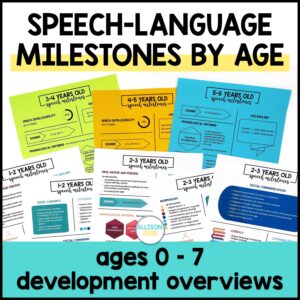
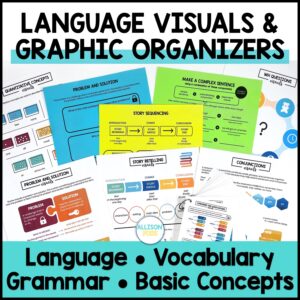
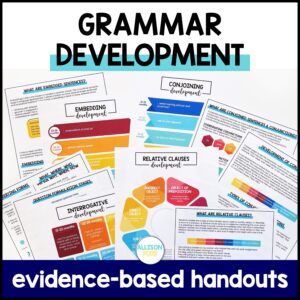
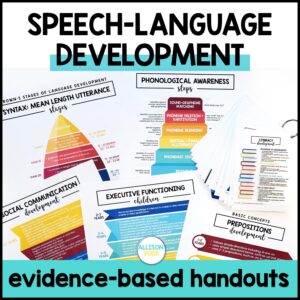

What is a compensatory error? What is an obligatory error? And what’s the difference between the two? These terms are often used when referring to
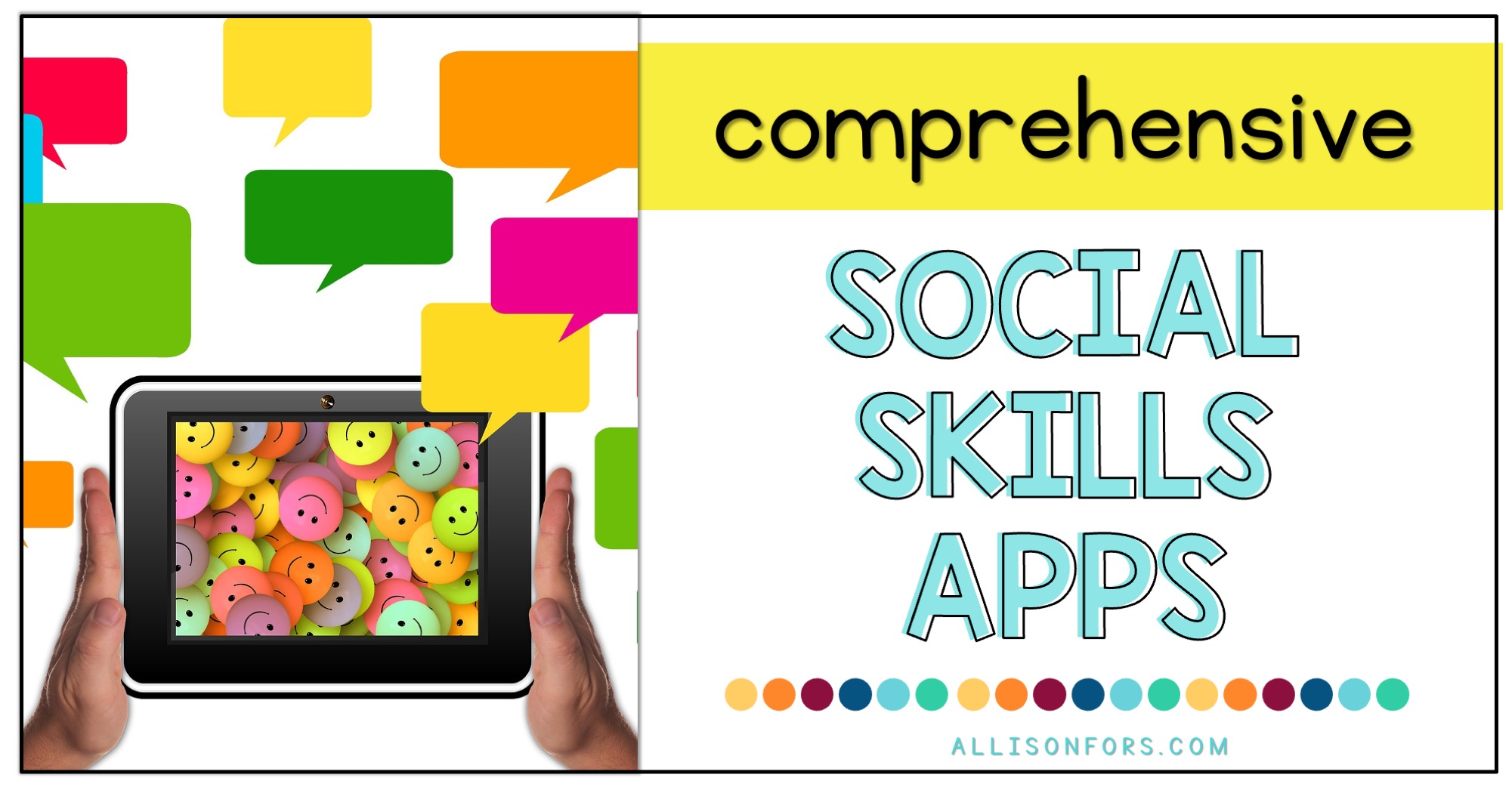
Social communication apps for speech therapy! There are tons of social skills apps available. I narrowed it down to more comprehensive and in-depth apps that
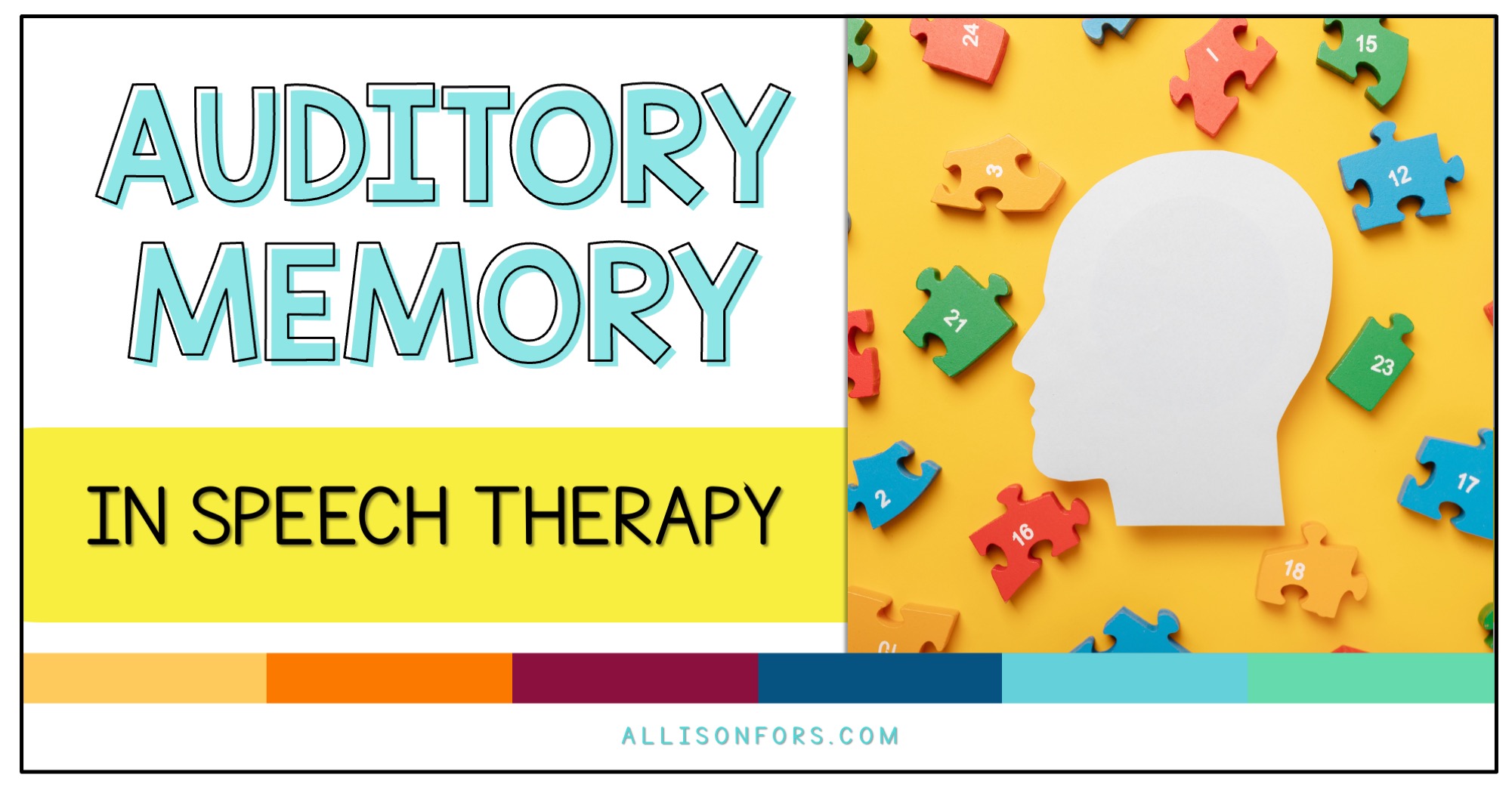
Auditory memory plays a crucial role in speech therapy, particularly for individuals who have difficulties with language, communication, or speech disorders. They are essential for
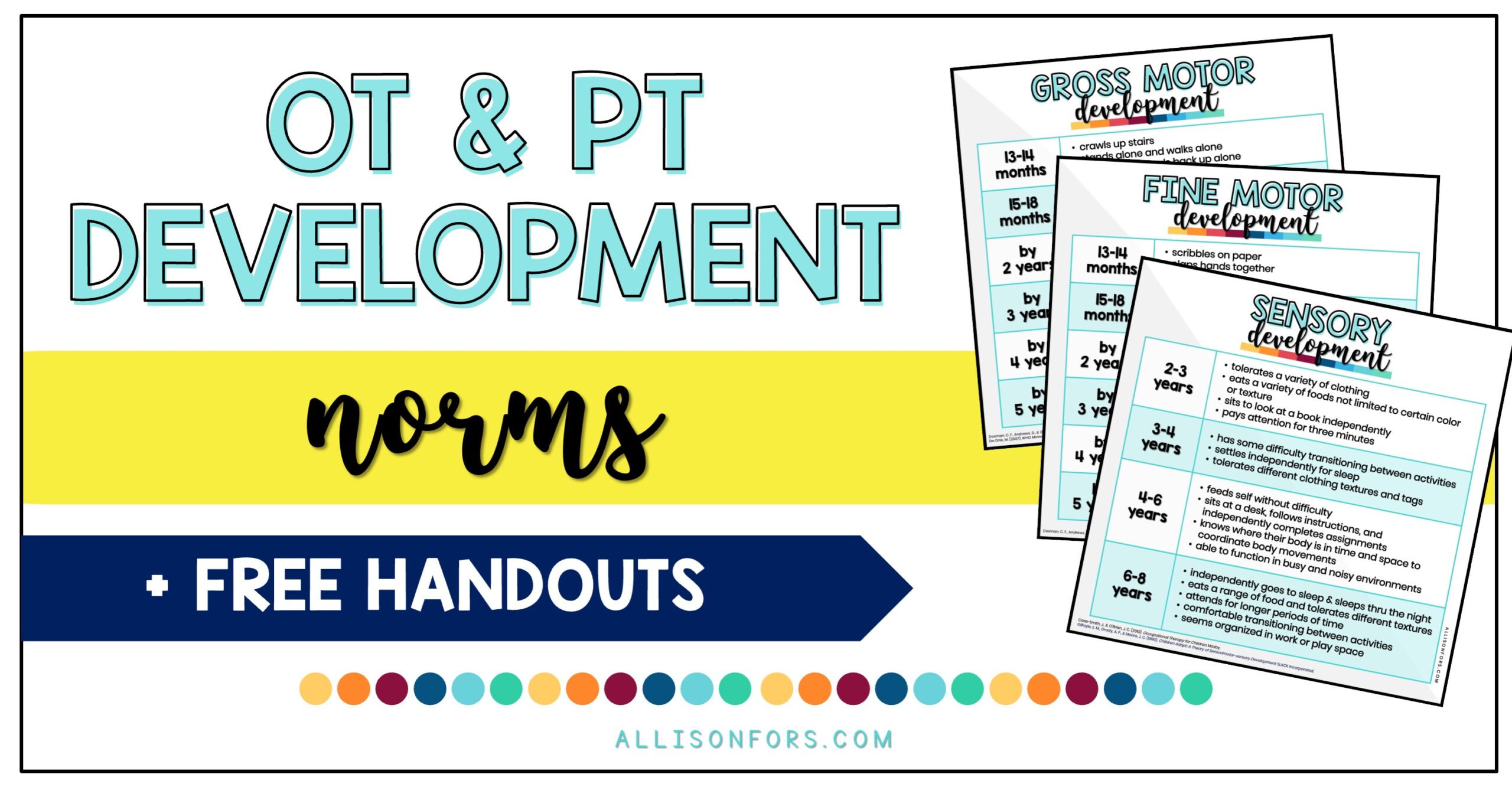
Occupational therapy and physical therapy milestones, hierarchies, and charts! Find thorough handouts at the end of the post. OT and PT therapy development norms, charts,
COPYRIGHT © 2024 · ALLISON FORS, INC.